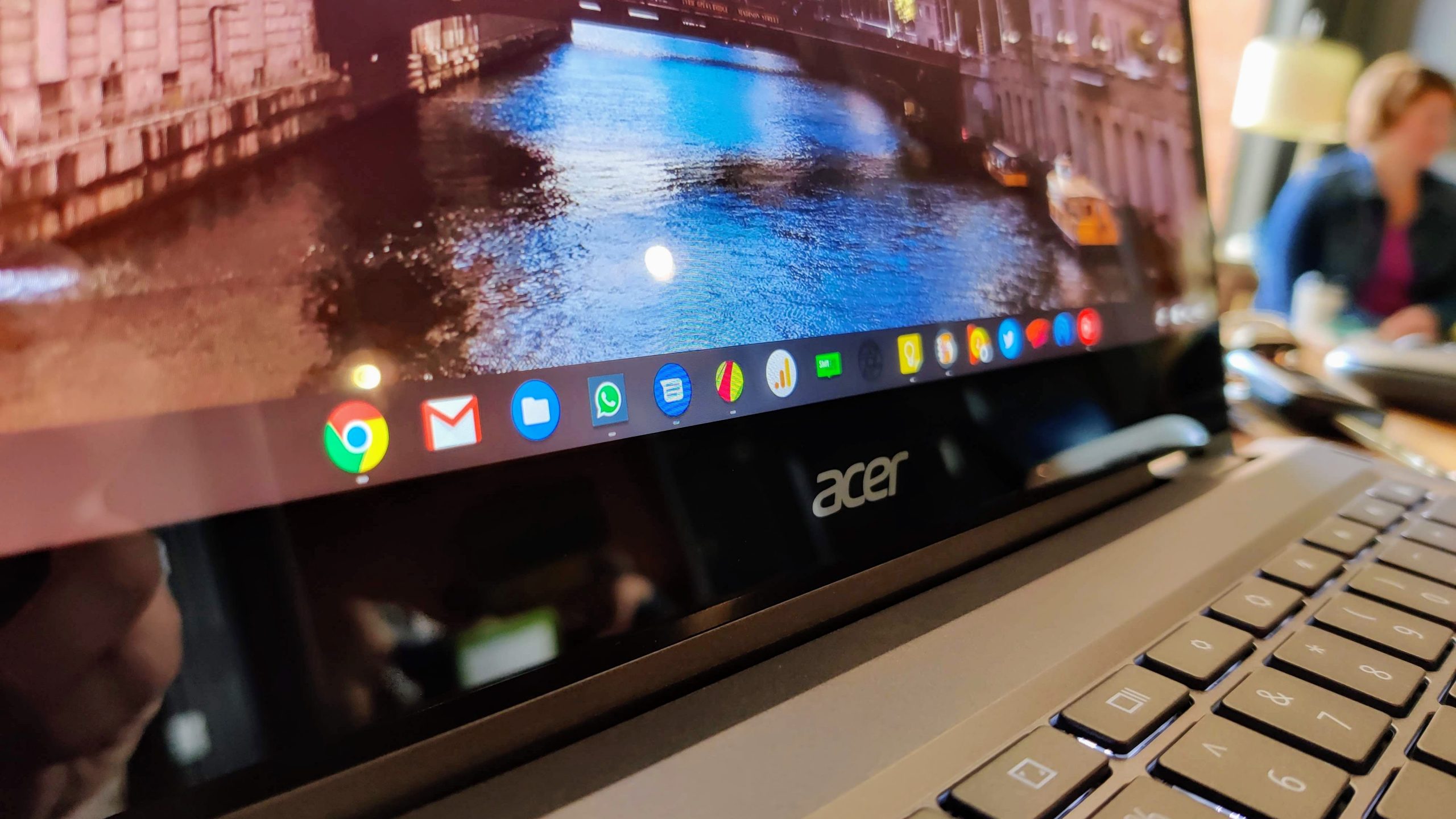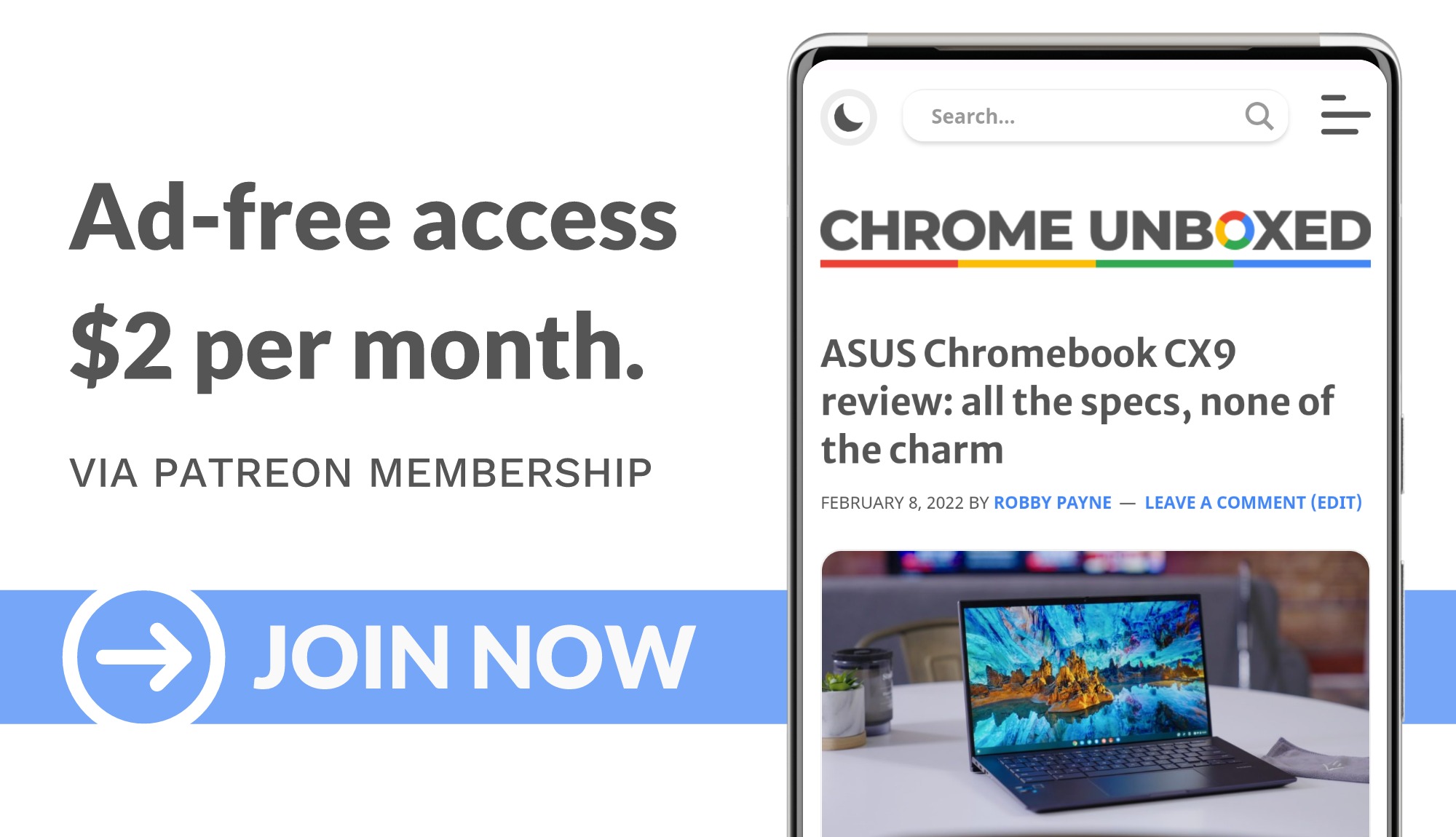
Right up front, let me get this out in the open in the event that you aren’t familiar: PWAs (Progressive Web Apps) are fantastic, full-featured, light-weight applications that are delivered via the open web and/or app stores and work on nearly all operating systems from a single code base. They are fantastic tools for delivering many types of applications to various devices without all the native code fuss and they are my favorite types of apps to leverage on a Chromebook by far. I love them and champion their development and availability at every turn as a worthwhile and solid alternative to OS-specific applications where applicable.
Perhaps I’ll just start ammending that opening to all my PWA articles from now on. Yeah? No? All kidding aside, I do think it is important to understand the basics of PWAs any time we talk about them, so whether you are all-in on PWAs or have never really understood them prior, these applications will be a big part of all tech spheres moving forward and it is important to observe how they work their way into our collective consciousness over time. The more advanced they become, the more normalized they get, the more people will begin really using them on a regular basis with or without knowing it.
That’s really the sweet spot, isn’t it? When PWAs become good enough that we don’t need to distinguish them from their native counterparts; when developers choose to only develop the single PWA code base instead of working on their individual apps for iOS, Android, Windows, and MacOS; when the PWA works in such a way that general users aren’t still left looking for the ‘real version’ of an app, we’ve hit the sweet spot where the PWA is all you need. In some cases, we’re pretty close to that already. In others, not so much.
Part of the issue in all this is app behavior, and across the board these behaviors need to line up with what user expectations are these days. For Chromebooks, I expect my apps to install and become available in my tray exactly where I left them the last time I was logged in. Part of the beauty of Chrome OS is the sync that happens on an account level across all Chromebooks I use. I don’t have to constantly back things up and spend a ton of time on setup. Instead, I want to log in on a Chromebook, give it a few minutes, and get to work.
For the most part, this is the experience. However, with many of the PWAs I use on a daily basis, this just hasn’t been the case. When I log into a new machine (as a reviewer, I do this often), I’ve become unfortunately accustomed to searching for a handful of my PWAs to re-pin them to my shelf. Some of them come along for the ride in my app launcher, some don’t re-install at all, and up to this point, I don’t expect any of them pinned in my tray as I’d expect them to be when I start a fresh instance of Chrome OS.
For example, the past few Chromebooks I’ve used have always left the Squoosh app off of my tray. I’ve become so used to this behavior that I instinctively go to squoosh.app the first time I need the app, click install, and re-pin the app. Sometimes it shows up in the app launcher for me, but not always. The same goes for the Twitter PWA, Snapdrop, and the Gravit Designer PWA. I expect this behavior from non-PWA, windowed shortcuts I create for things like WhatsApp, but with installed PWAs I simply wish for better, more-native behavior.
The latest Chromebook I’m using (I can’t share that detail just yet) is on the latest stable build of Chrome OS and, lo and behold, when I signed in yesterday, all my apps were right where I left them last. Every single one of them. My Android apps, my web apps, my shortcuts, and my PWAs were all ready for my use after I logged in and I’m unsure where the change happened to be honest. I don’t know enough about the inner workings of these things to decipher what the actual change was, but I don’t really care. What I know is my account syncing is back to being as robust as it was prior to the Android on Chrome OS days. That is to say that we’re back to the point where you can log into a new Chromebook, wait a minute, and see all your apps in their proper places where you left them on the last device you used.
I love this so much. It is a small change, but I’ve always valued the ability to just log into a Chromebook and pick up where I last left off. Since Android apps came around and now with the addition of PWAs and Linux apps in the mix, I began to feel like that simple, seamless syncing might no longer be a reality moving forward with so many moving pieces now in play. It looks like we might finally be back to that synced utopia, though, and I for one am glad to be back.


Leave a Reply
You must be logged in to post a comment.